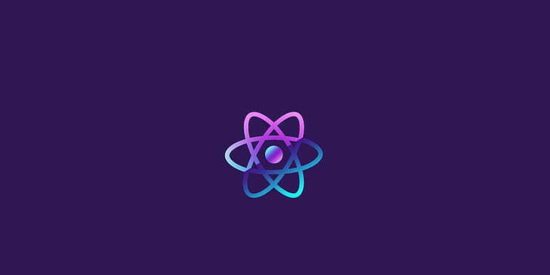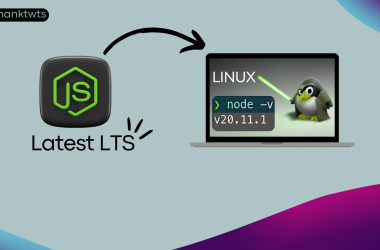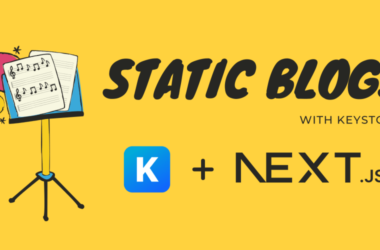When building React applications, choosing the right UI component library can significantly streamline development and enhance the user experience.
In this article, we’ll explore a variety of popular UI component libraries for React, each with its unique features, strengths, and considerations.
-
Material-UI:
-
Pros:
- Comprehensive Design System: Material-UI implements Google’s Material Design principles, providing a comprehensive set of components and guidelines for building modern, visually appealing user interfaces.
- Customization: It offers extensive customization options, allowing developers to theme and style components to match the design requirements of their projects.
- Active Community and Support: Material-UI has a large and active community, which means ample resources, documentation, and support available for developers.
- Accessibility: The components are built with accessibility in mind, making it easier to create inclusive user experiences.
-
Cons:
- Bundle Size: Material-UI’s extensive feature set can lead to larger bundle sizes, especially if developers include many components that aren’t used in the project.
- Learning Curve: While Material-UI provides comprehensive documentation, mastering the library and understanding its various customization options may require some time and effort.
-
Pros:
-
Ant Design:
-
Pros:
- Rich Component Set: Ant Design offers a wide range of high-quality components out of the box, covering almost all UI requirements for building complex applications.
- Consistent Design Language: It follows a consistent design language and provides design guidelines, ensuring consistency and coherence across different parts of the application.
- Performance: Ant Design focuses on performance optimization, with components designed to render efficiently and smoothly even in large-scale applications.
- Internationalization (i18n) Support: It provides built-in support for internationalization, making it easier to localize applications for different languages and regions.
-
Cons:
- Customization Complexity: While Ant Design offers customization options, customizing the components extensively may require diving deep into the library’s API and CSS styles, which can be complex.
- Dependency Management: Ant Design has dependencies on other libraries such as lodash and moment.js, which might increase the overall bundle size of the application.
-
Pros:
-
Chakra UI:
-
Pros:
- Modular and Accessible Components: Chakra UI offers a collection of modular and accessible components designed to be easy to use and customize.
- Developer Experience: It provides a developer-friendly API with intuitive prop names and consistent patterns, enhancing the developer experience and productivity.
- Themeability: Chakra UI supports theming out of the box, allowing developers to create consistent designs and easily switch between different themes.
- Built-in Dark Mode: It includes built-in support for dark mode, enabling developers to implement dark-themed interfaces with minimal effort.
-
Cons:
- Component Coverage: While Chakra UI covers most common UI requirements, it may lack some specialized or niche components compared to other libraries like Material-UI or Ant Design.
- Community Size: Although Chakra UI has been gaining popularity, its community size and ecosystem may still be smaller compared to more established libraries like Material-UI.
-
Pros:
-
Semantic UI React:
-
Pros:
- Semantic Markup: Semantic UI React follows semantic HTML markup, making the codebase more readable and accessible.
- Large Component Library: It offers a comprehensive set of components with a focus on simplicity and ease of use.
- Theming Support: Semantic UI React provides theming support, allowing developers to customize the look and feel of components to match their project’s design requirements.
- Responsive Design: Components are designed to be responsive out of the box, ensuring a consistent user experience across different devices.
-
Cons:
- Learning Curve: While Semantic UI React aims to provide a simple and intuitive API, there may still be a learning curve, especially for beginners.
- Customization Limitations: Customizing components beyond the provided theming options may require diving into the library’s internals, which can be challenging.
-
Pros:
-
React Bootstrap:
-
Pros:
- Bootstrap Ecosystem: React Bootstrap brings the popular Bootstrap framework into the React ecosystem, providing a vast collection of pre-designed components and utility classes.
- Responsive Design: Components are designed to be responsive and mobile-first, ensuring a consistent experience across different screen sizes.
- Familiarity: For developers already familiar with Bootstrap, React Bootstrap offers a seamless transition to building React applications with Bootstrap components.
- Active Development: React Bootstrap is actively maintained and updated, with contributions from both the React and Bootstrap communities.
-
Cons:
- Tightly Coupled to Bootstrap: React Bootstrap tightly couples with the Bootstrap CSS framework, which may limit customization options if you want to deviate from the standard Bootstrap design.
- Bundle Size: Including the entire Bootstrap CSS and JavaScript files can significantly increase the bundle size of your application.
-
Pros:
-
BlueprintJS:
-
Pros:
- Specialized Components: BlueprintJS offers a collection of specialized components designed specifically for building complex web applications, particularly in enterprise environments.
- Accessibility: Components are built with accessibility in mind, ensuring compliance with accessibility standards and guidelines.
- TypeScript Support: BlueprintJS is written in TypeScript and provides strong typing out of the box, making it easier to catch errors and enforce type safety in your codebase.
- Extensive Documentation: It provides extensive documentation and examples, making it easier for developers to get started and understand how to use the components effectively.
-
Cons:
- Limited Theming Support: While BlueprintJS offers some level of customization and theming support, it may not be as flexible as other libraries like Material-UI or Ant Design.
- Niche Audience: BlueprintJS is more tailored towards building data-heavy and enterprise-grade applications, so it may not be suitable for all types of projects.
-
Pros:
When selecting a UI component library, consider factors such as the design language, customization requirements, performance considerations, and compatibility with your project's ecosystem.
Here are a few more UI component libraries for React to add to the list:
-
Evergreen:
-
Pros:
- Minimal and Pragmatic Design
- Consistent and Predictable APIs
- Emphasis on Accessibility
- Theming Support
-
Cons:
- Limited Component Variety Compared to Larger Libraries
- Smaller Community Size
-
Pros:
-
Grommet:
-
Pros:
- Modern and Responsive Design
- Extensive Component Set for Enterprise Applications
- Accessibility and Internationalization Support
- Customization Through Theming
-
Cons:
- Learning Curve for Complex Components
- Potential Performance Overhead Due to Feature-Richness
-
Pros:
-
Rebass:
-
Pros:
- Lightweight and Minimalistic
- Styled-System Integration for Consistent Styling
- Flexibility and Customization Through Props
- Responsive Design Out of the Box
-
Cons:
- Limited Component Set Compared to Larger Libraries
- Requires Familiarity with Styled-System for Advanced Customization
-
Pros:
-
PrimeReact:
-
Pros:
- Based on PrimeFaces, a Popular JavaServer Faces UI Framework
- Comprehensive Component Suite for Enterprise Applications
- Advanced Features like Drag and Drop, Charts, and Data Tables
- Theming and Customization Options
-
Cons:
- Overkill for Small or Simple Projects
- Potential Learning Curve for Beginners
- May Not Integrate Seamlessly with Non-JSF Backend Technologies
-
Pros:
By selecting the library that aligns best with your project’s goals, you can streamline development and deliver a polished user experience.
Each library has its strengths and weaknesses, so choose the one that best fits your project’s needs and constraints.





